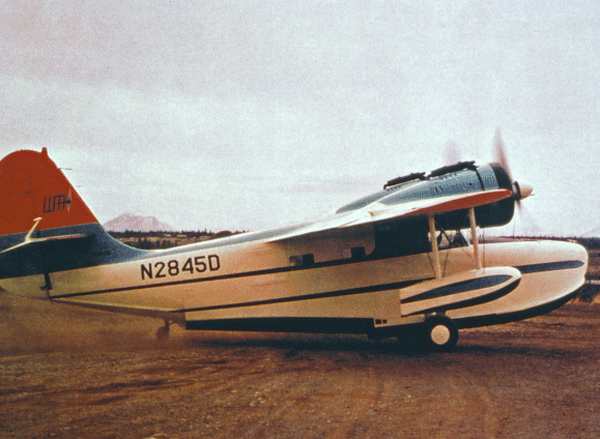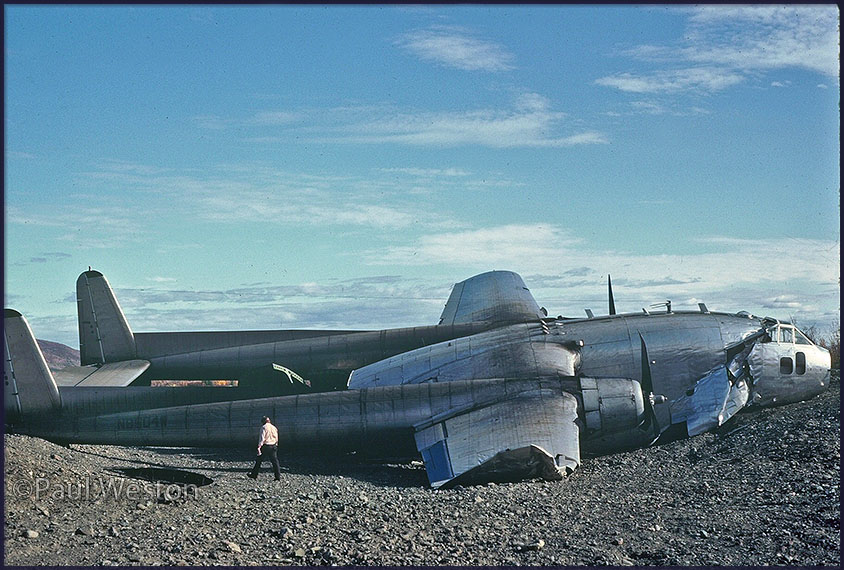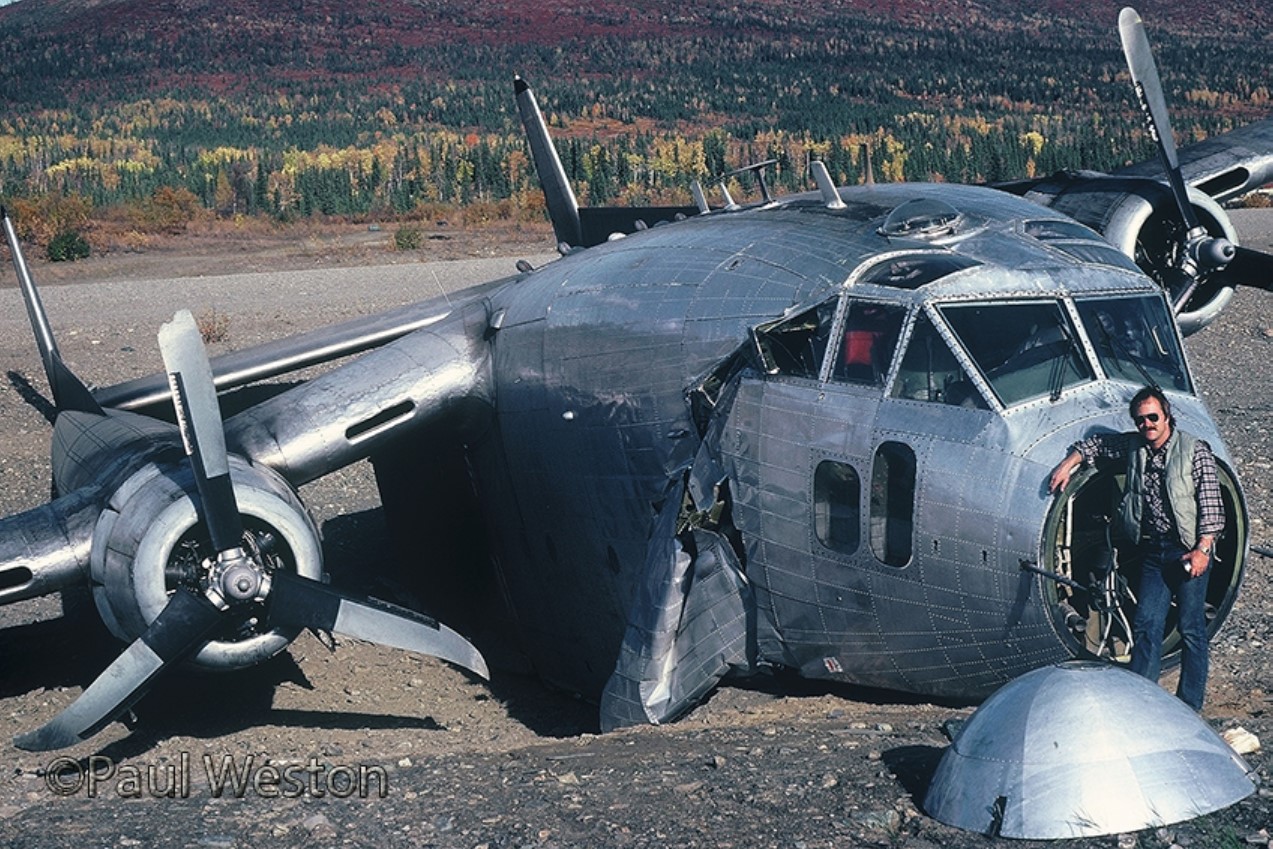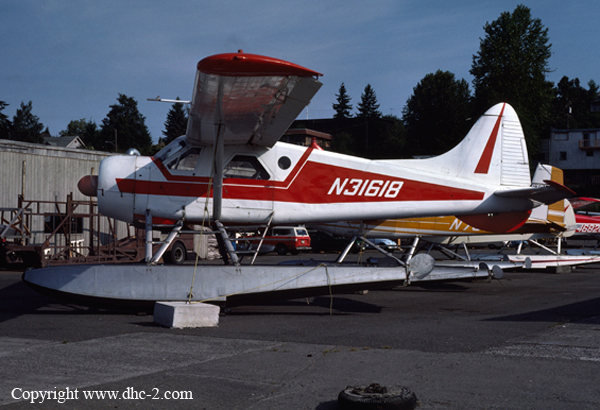Crash of a De Havilland DHC-6 Twin Otter 200 in Hooper Bay
Date & Time:
May 16, 1982 at 1015 LT
Registration:
N103AQ
Survivors:
Yes
Schedule:
Bethel - Chevak - Scammon Bay - Hooper Bay
MSN:
183
YOM:
1968
Flight number:
GFF517
Crew on board:
2
Crew fatalities:
Pax on board:
6
Pax fatalities:
Other fatalities:
Total fatalities:
0
Captain / Total hours on type:
1990.00
Copilot / Total hours on type:
300
Aircraft flight hours:
15267
Circumstances:
The aircraft crashed while attempting to land at Hooper Bay, Alaska. The airplane crashed 1,320 feet short of the threshold of runway 13 during an approach in visual meteorological conditions. The airplane was substantially damaged when it crashed onto hard-packed snow and ice about 700 feet from the edge of the Bering Sea. There was no fire. The two pilots and six passengers sustained serious injuries in the accident.
Probable cause:
The National Transportation Safety Beard determines that the probable cause of this accident was the flightcrew's failure to compute and properly interpret the airplane's weight and balance and their operation of the airplane with the center of gravity substantially aft of its authorized limit which resulted in loss of control of the airplane during a landing attempt.
Final Report:









